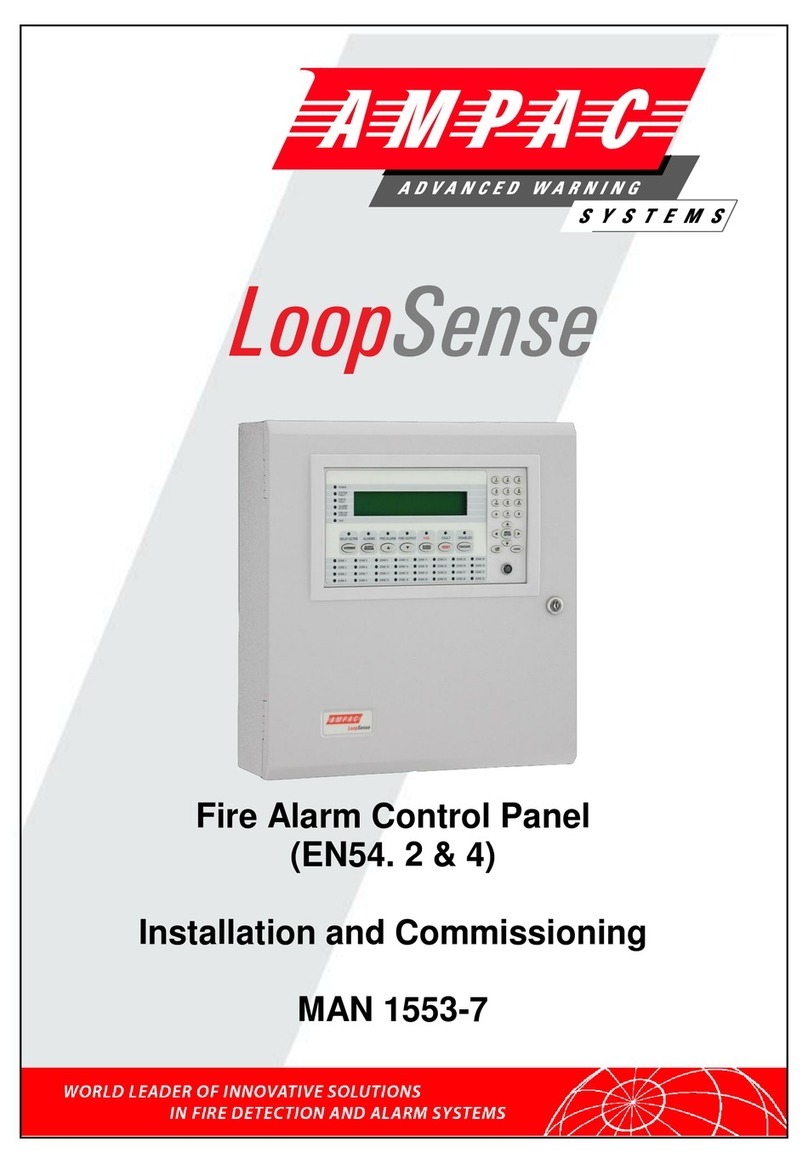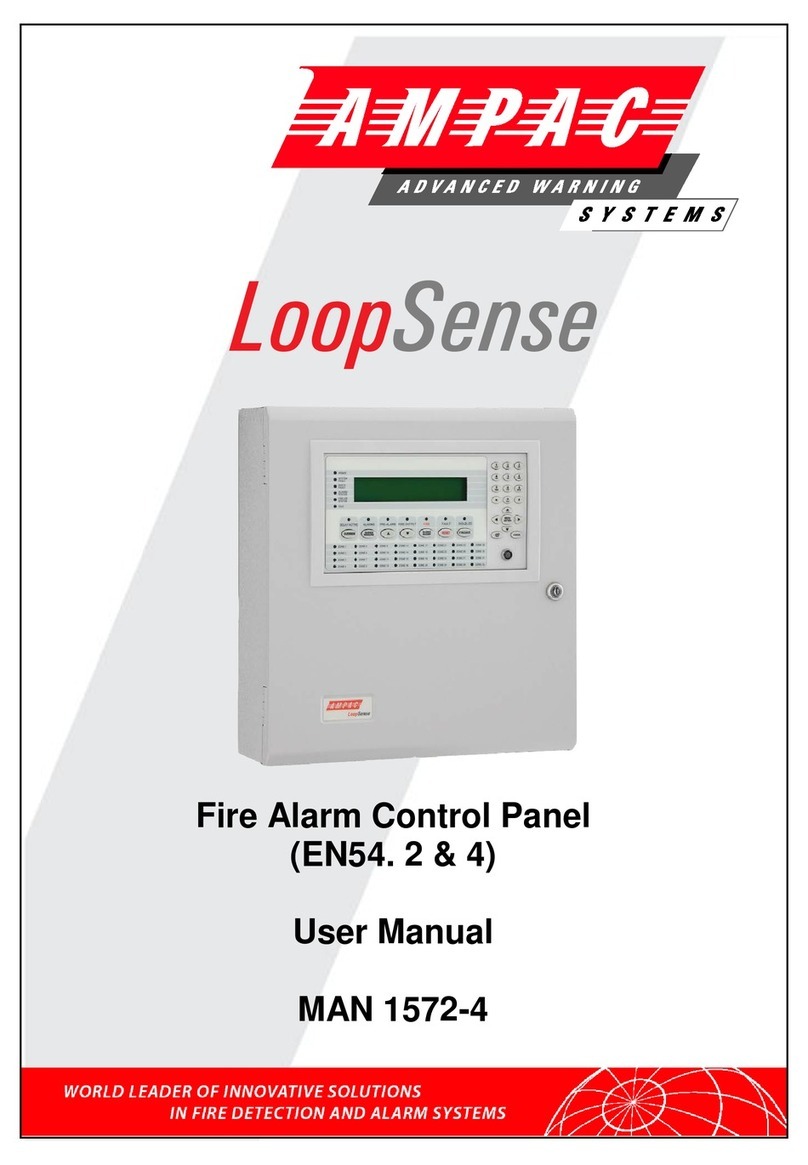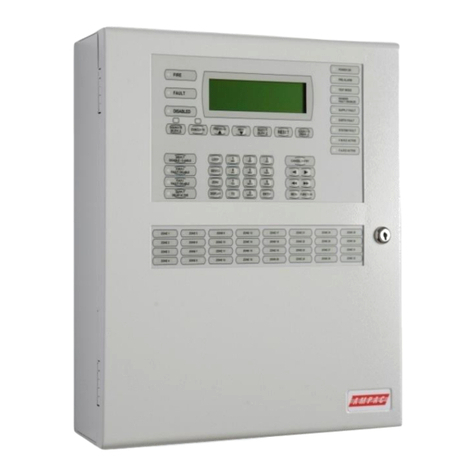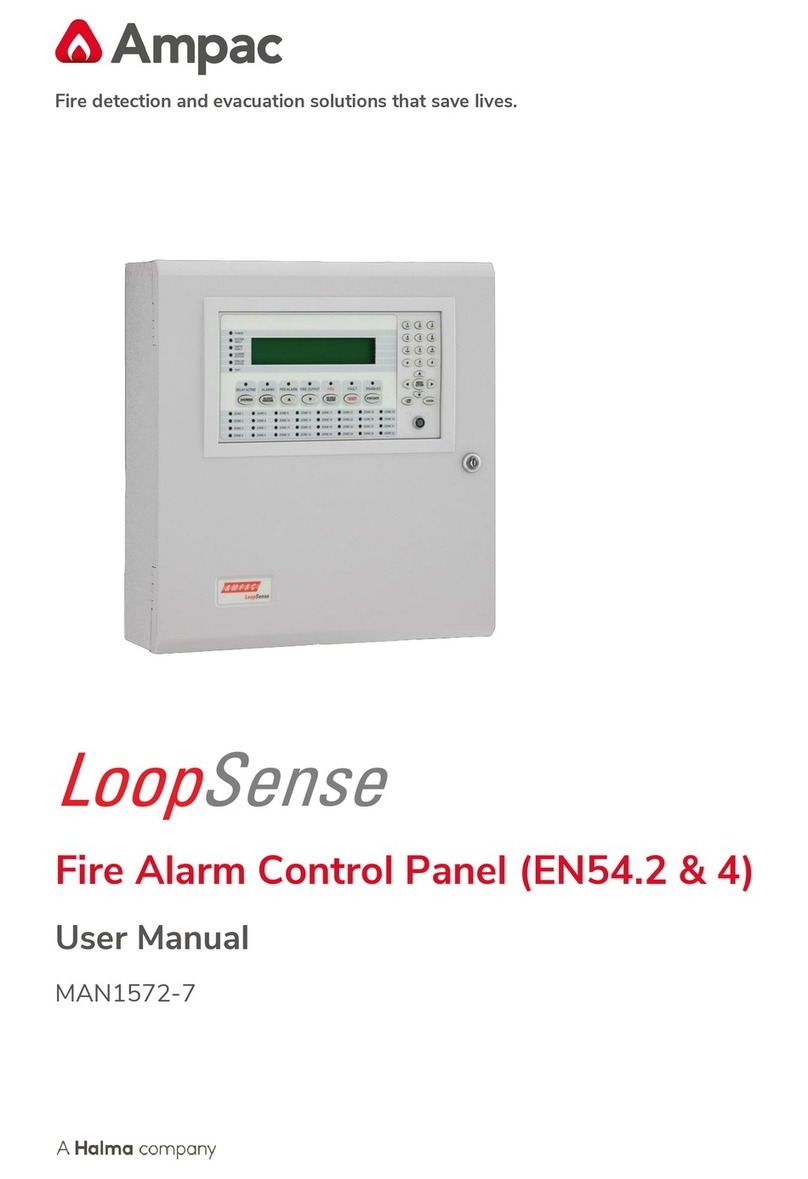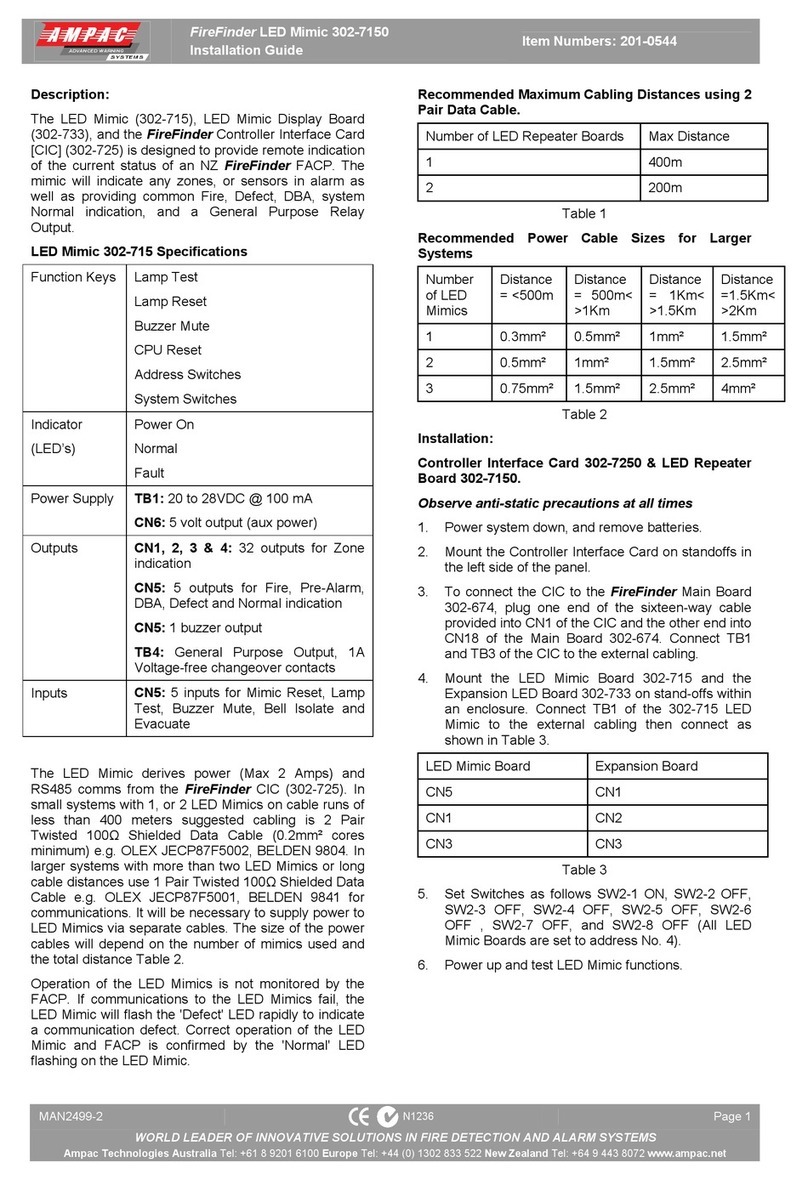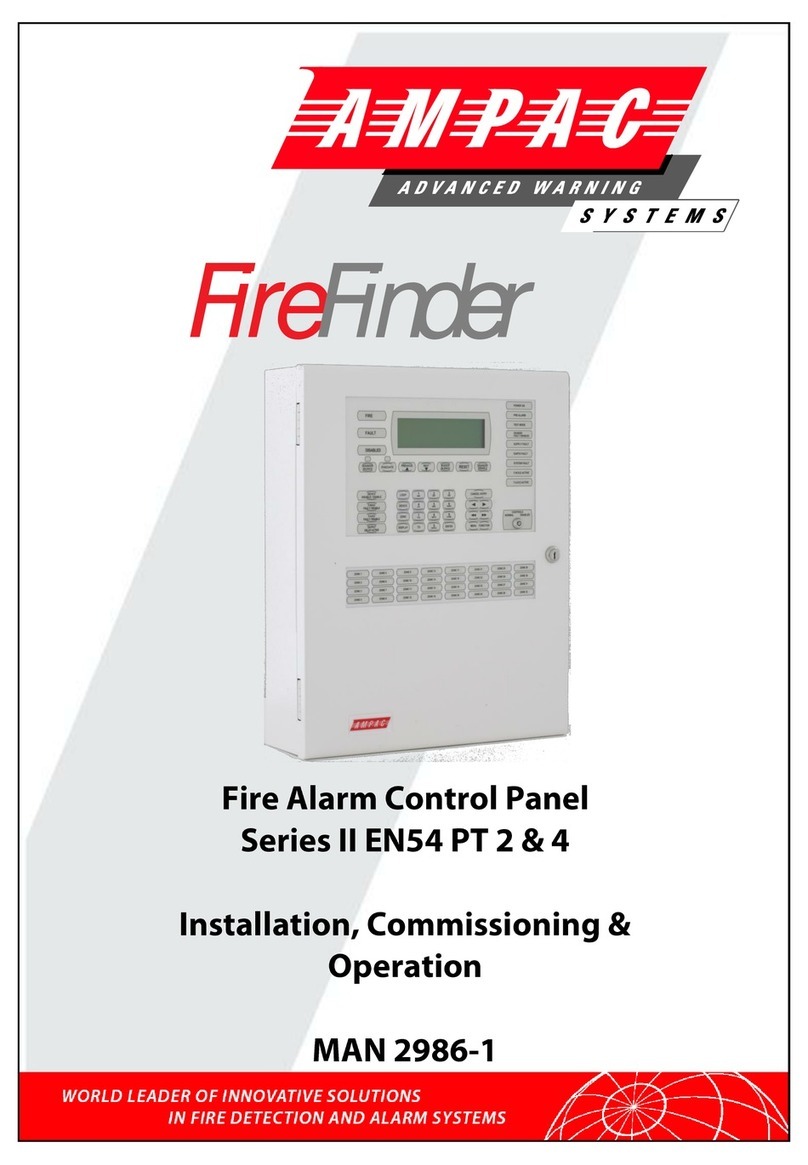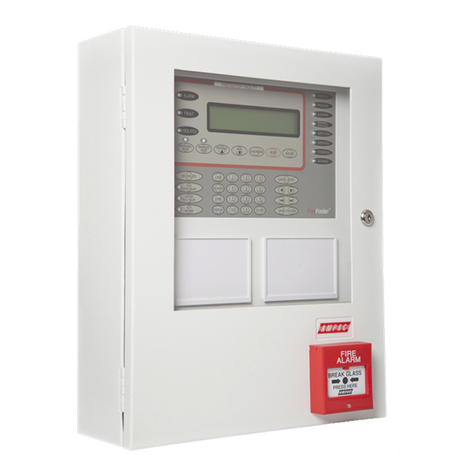
NZ100 Installation Commissioning & Operation
CONTENTS PAGE NO.
1. INTRODUCTION................................................................................................................1
1.1 Unpacking and Inspection................................................................................................. 1
1.2 Anti Static Precautions .................................................................................................... 1
2. SPECIFICATIONS.............................................................................................................1
2.1 Power Supply/Battery Charger.......................................................................................... 1
2.2 Outputs .......................................................................................................................... 1
2.3 Detector Circuit ............................................................................................................... 1
3. SYSTEM DESCRIPTION..................................................................................................2
3.1 General Description ......................................................................................................... 2
3.2 Front Panel Layout .......................................................................................................... 2
3.3 Internal Layout................................................................................................................. 3
3.4 Detector Circuits.............................................................................................................. 3
3.5 Bell Circuits .................................................................................................................... 4
3.6 Auxiliary Output............................................................................................................... 4
3.7 Walk Test....................................................................................................................... 4
3.8 Buzzer............................................................................................................................ 4
3.9 Buzzer Mute................................................................................................................... 4
3.10 Defect Indicators.............................................................................................................. 4
3.11 Power Supply.................................................................................................................. 5
3.12 Mains On Indicator........................................................................................................... 5
3.13 Fusing............................................................................................................................ 5
3.14 Batteries......................................................................................................................... 5
4. CONNECTING DEVICES.................................................................................................6
4.1 Detectors........................................................................................................................ 6
4.2 Detector Limitations......................................................................................................... 6
4.3 Manual Call Points........................................................................................................... 6
4.4Bells and Sounders.......................................................................................................... 8
4.5 Auxiliary Relay ................................................................................................................ 8
5. SETTINGS...........................................................................................................................9
5.1 Gating ............................................................................................................................ 9
5.2 No Brigade Board ............................................................................................................ 9
6. INSTALLATION AND INITIAL OPERATION..............................................................10
6.1 Installing the NZ100 ........................................................................................................10
6.2 Initial operation...............................................................................................................10
7. INSTALLING THE BRIGADE BOARD (SGD TYPE II ).............................................11
8. ASPI RELAY BOARD.....................................................................................................13
9. SYSTEM OPERATION....................................................................................................14
9.1 Resetting the system......................................................................................................14
9.2 Using the Walk Test facility.............................................................................................14
9.3 Evacuation. ....................................................................................................................14
10. TROUBLESHOOTING....................................................................................................15
11. APPENDIX........................................................................................................................16
